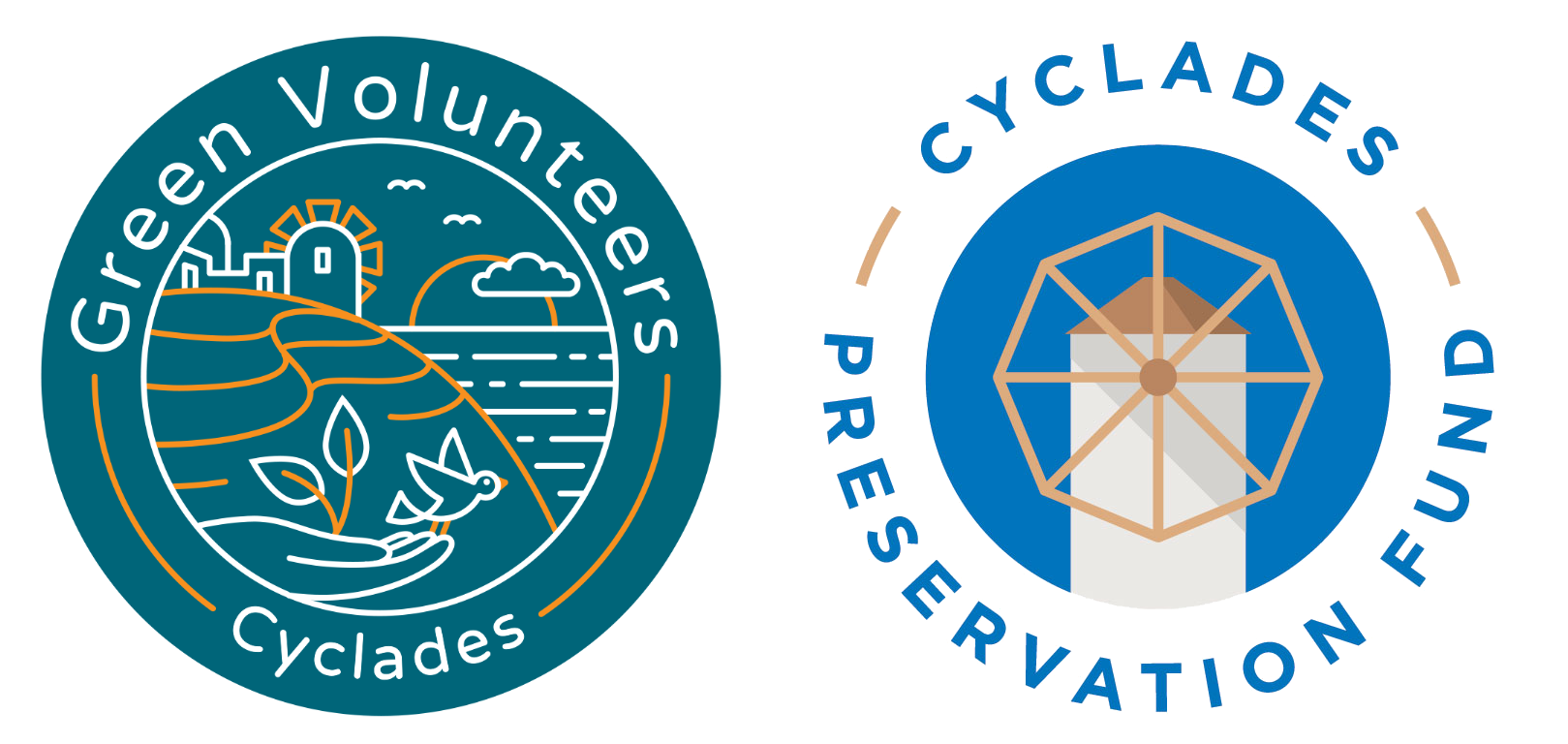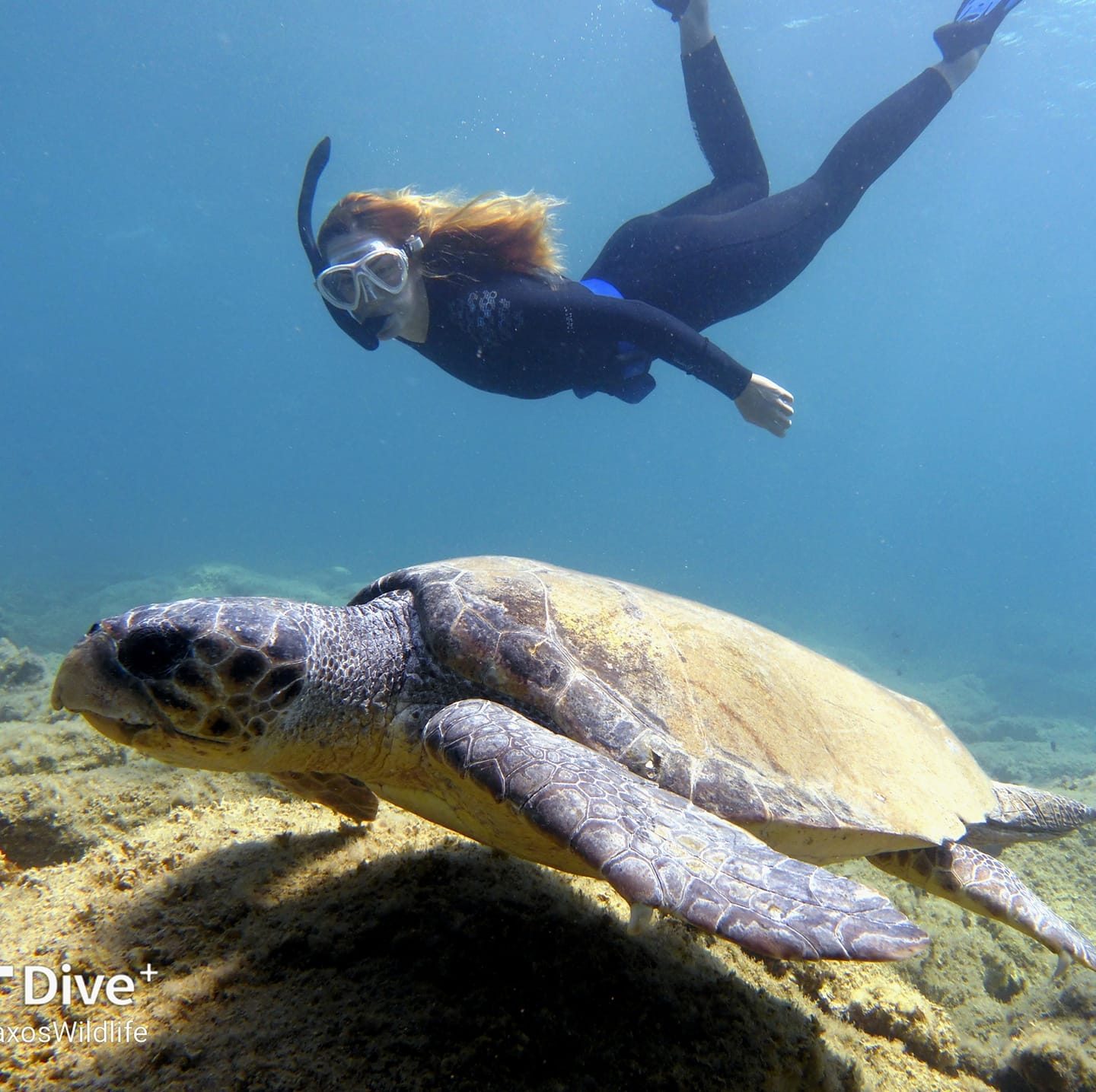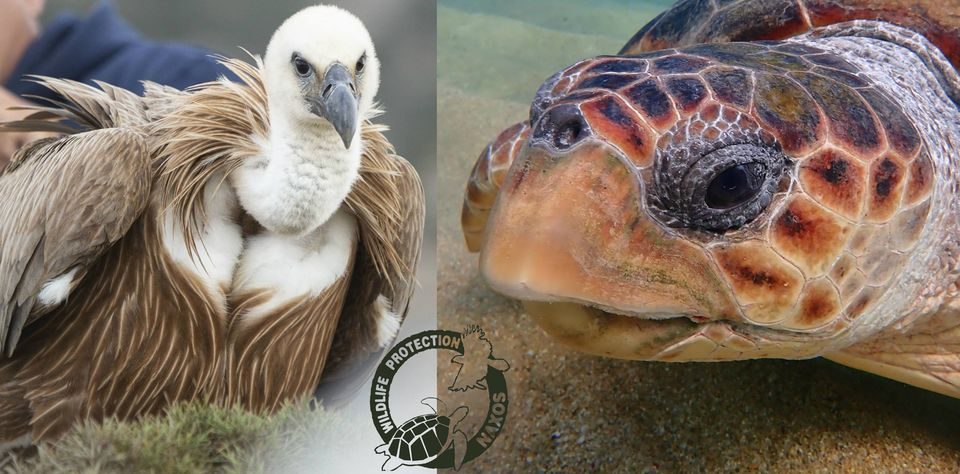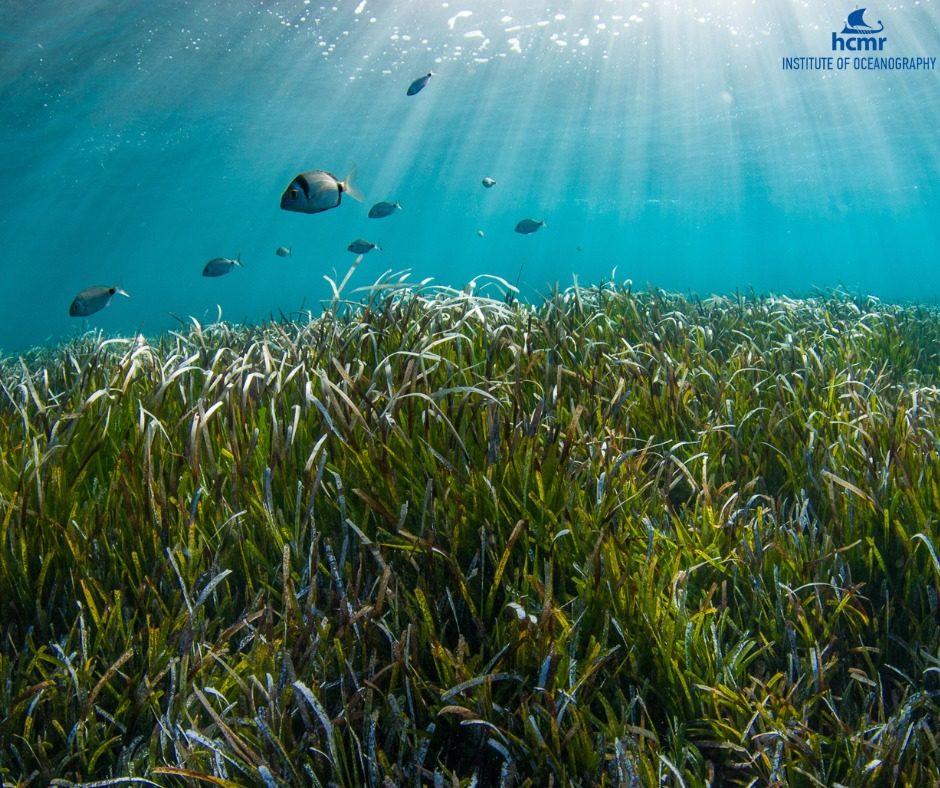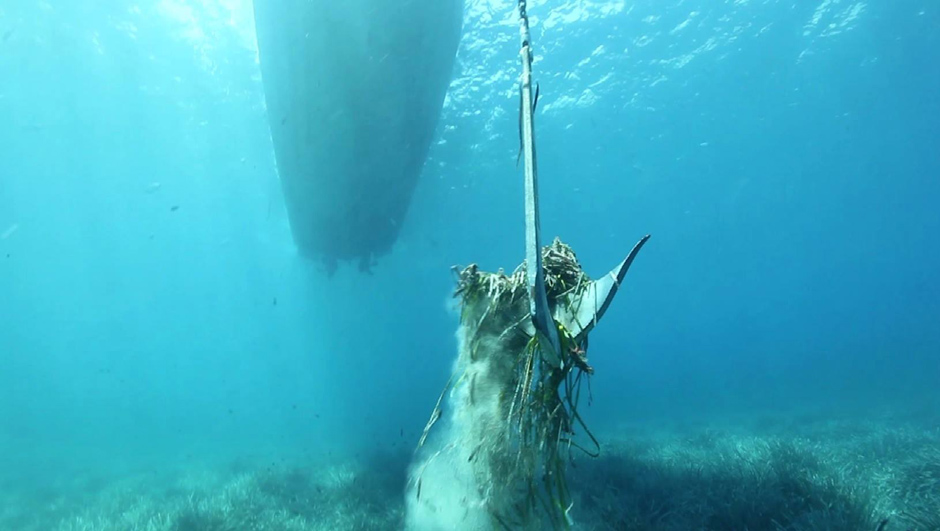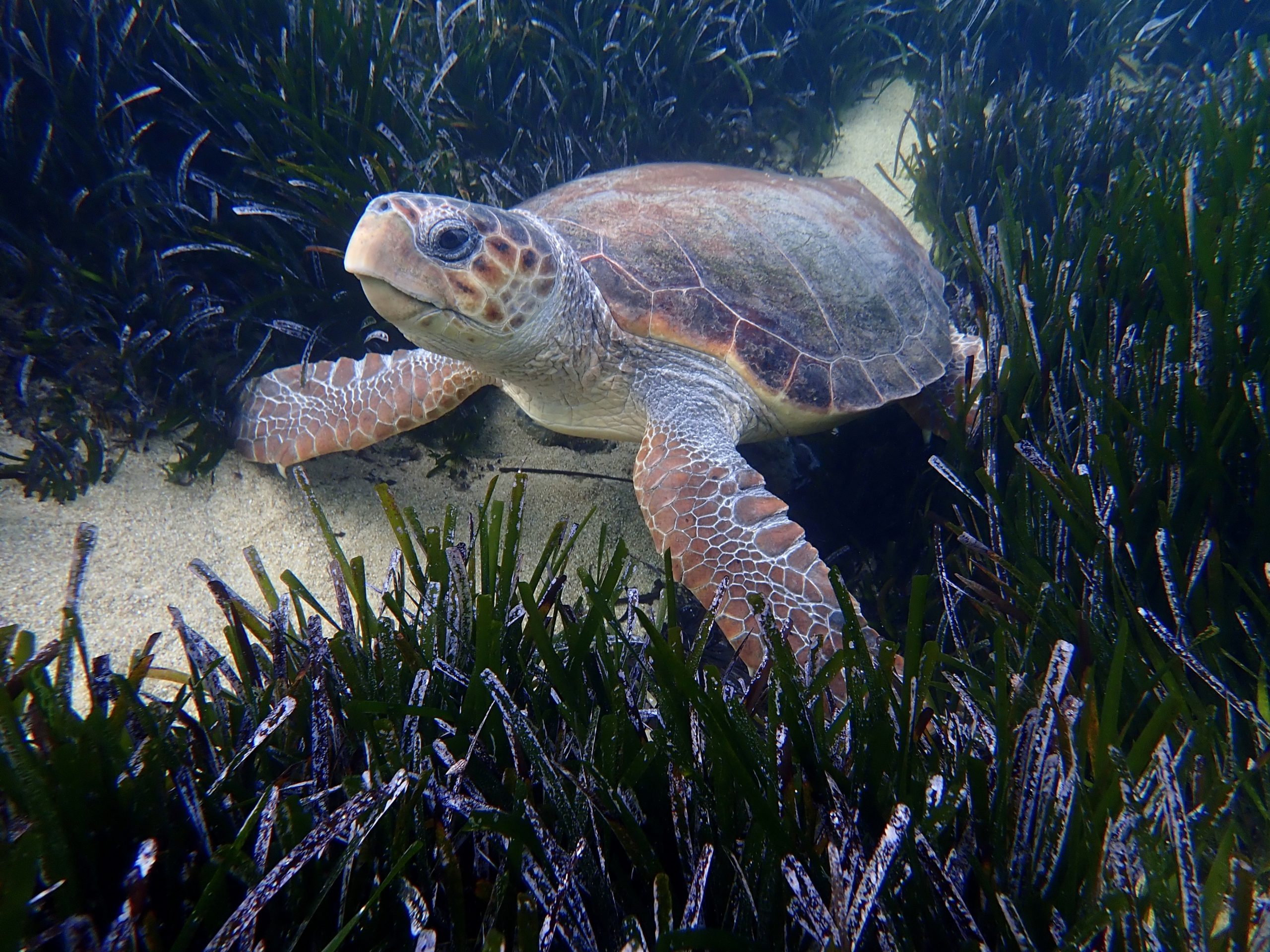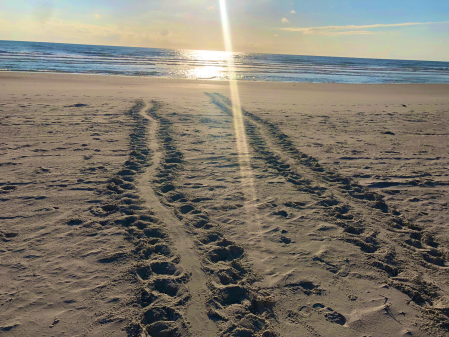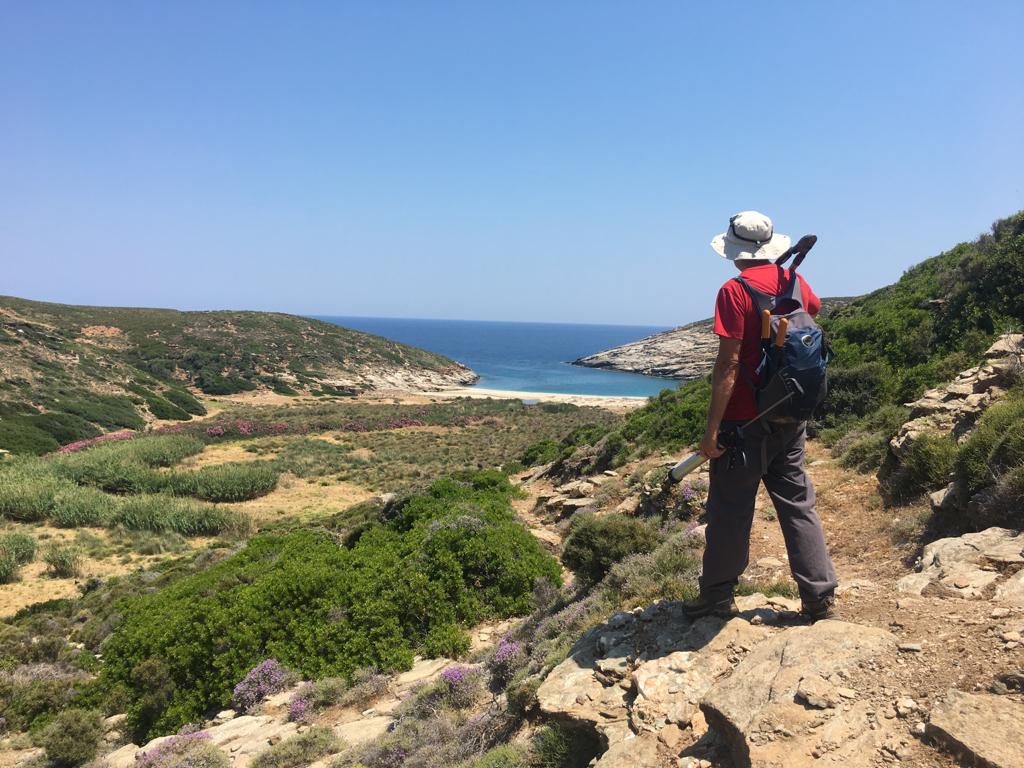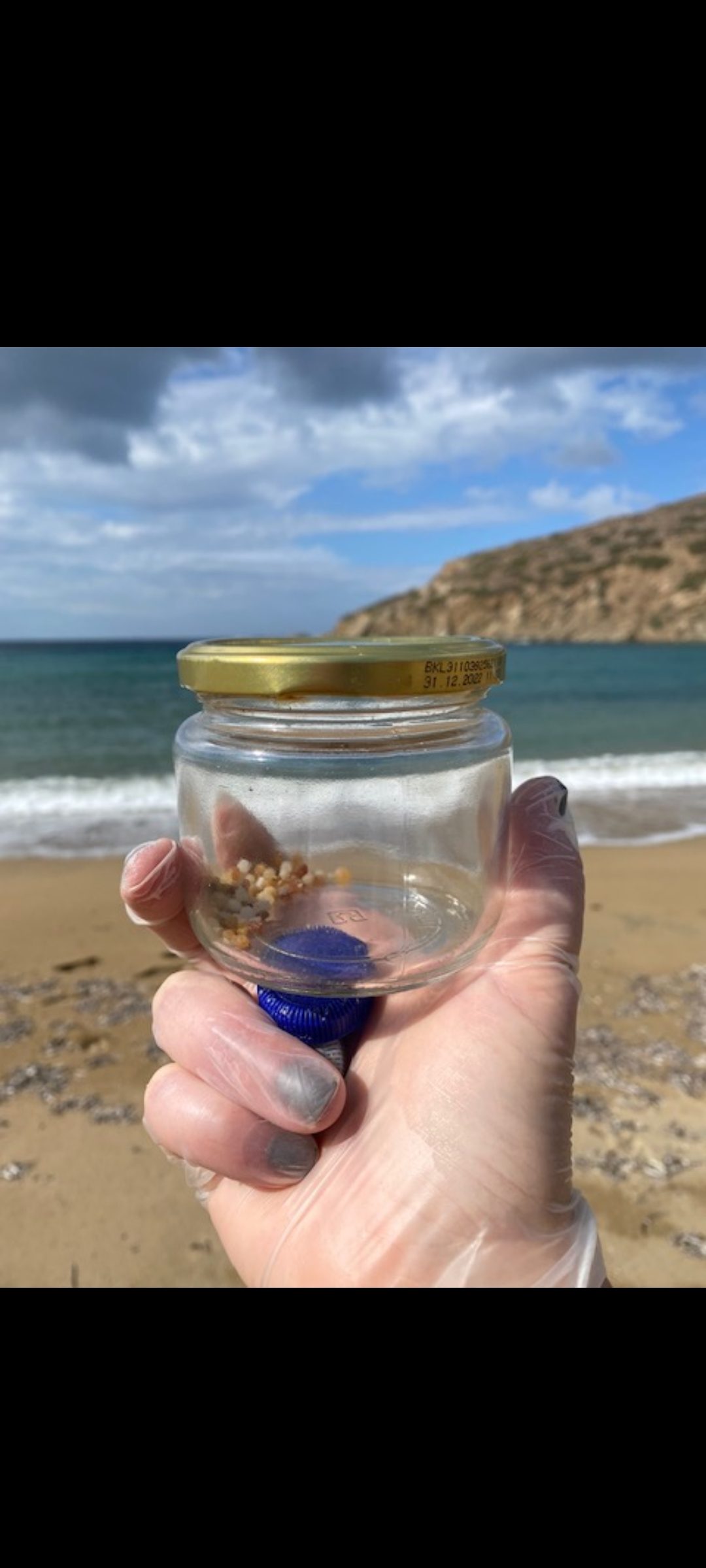Pick the Alien for dinner
Steps to order an invasive fish for dinner and eat seafood responsibly!
If you find injured wildlife
Guidelines to respond to wildlife in need and other ways to support wildlife organisations
Walk routes with a purpose
Walk Cycladic trails and help their preservation with tips from Andros Routes



